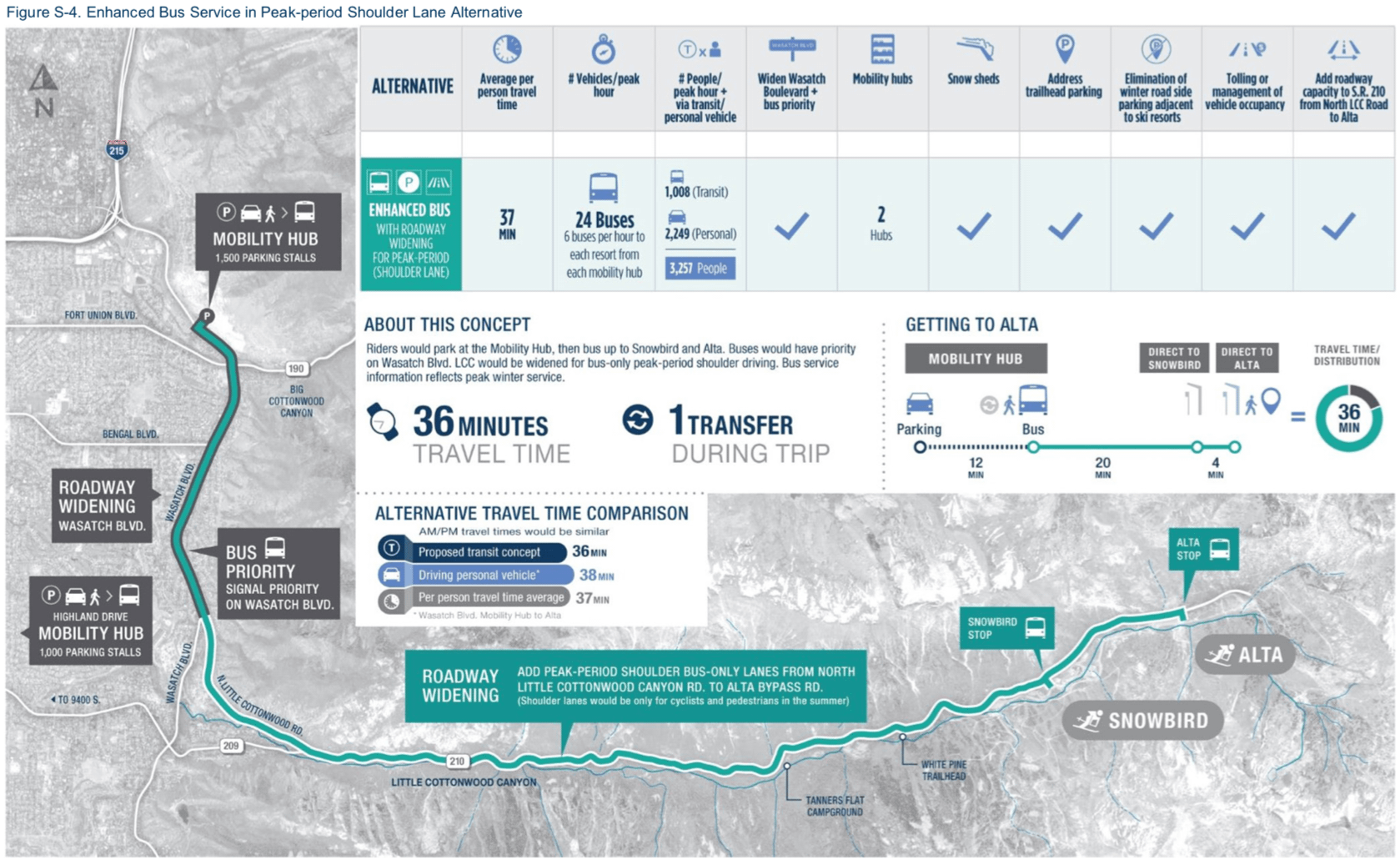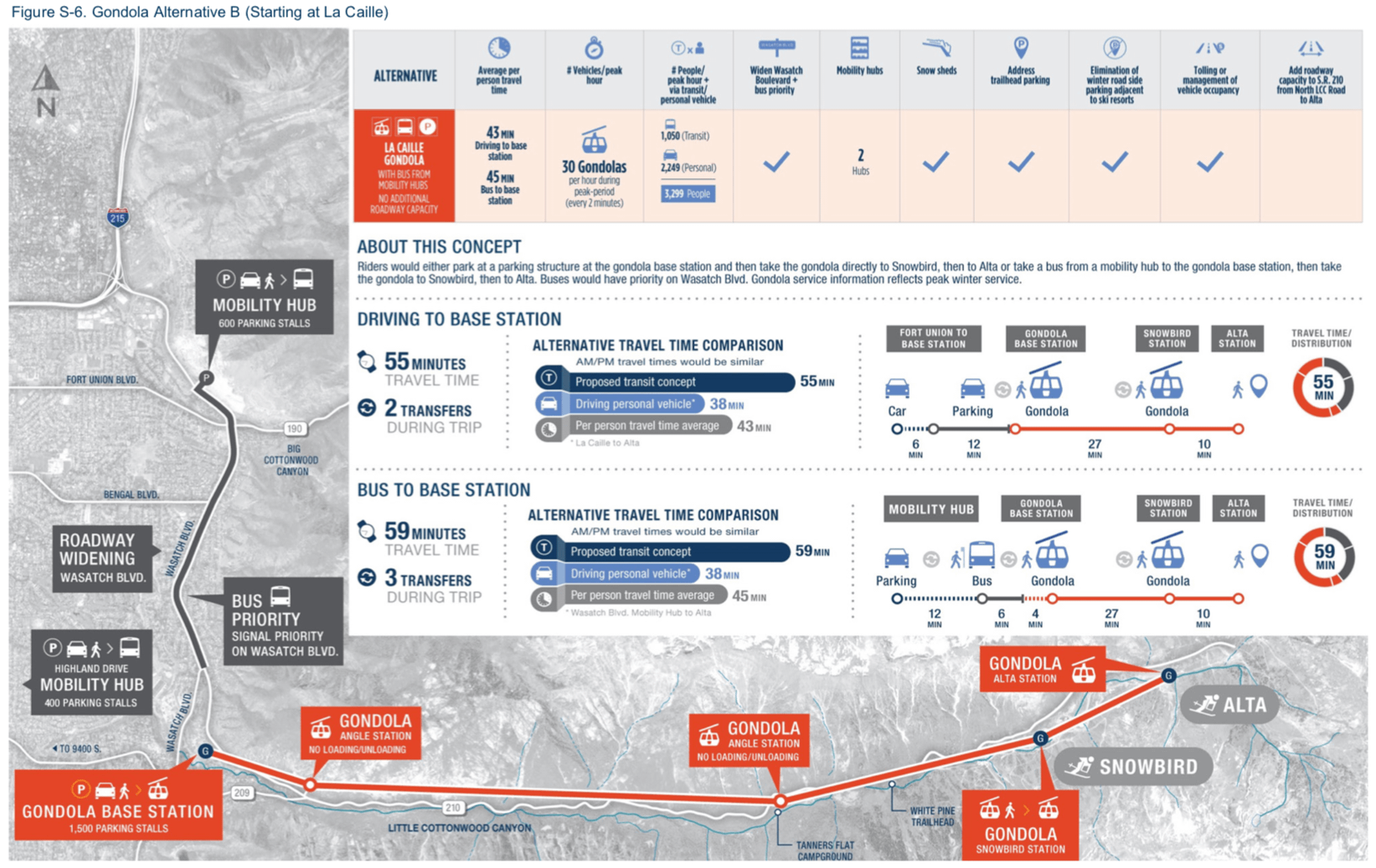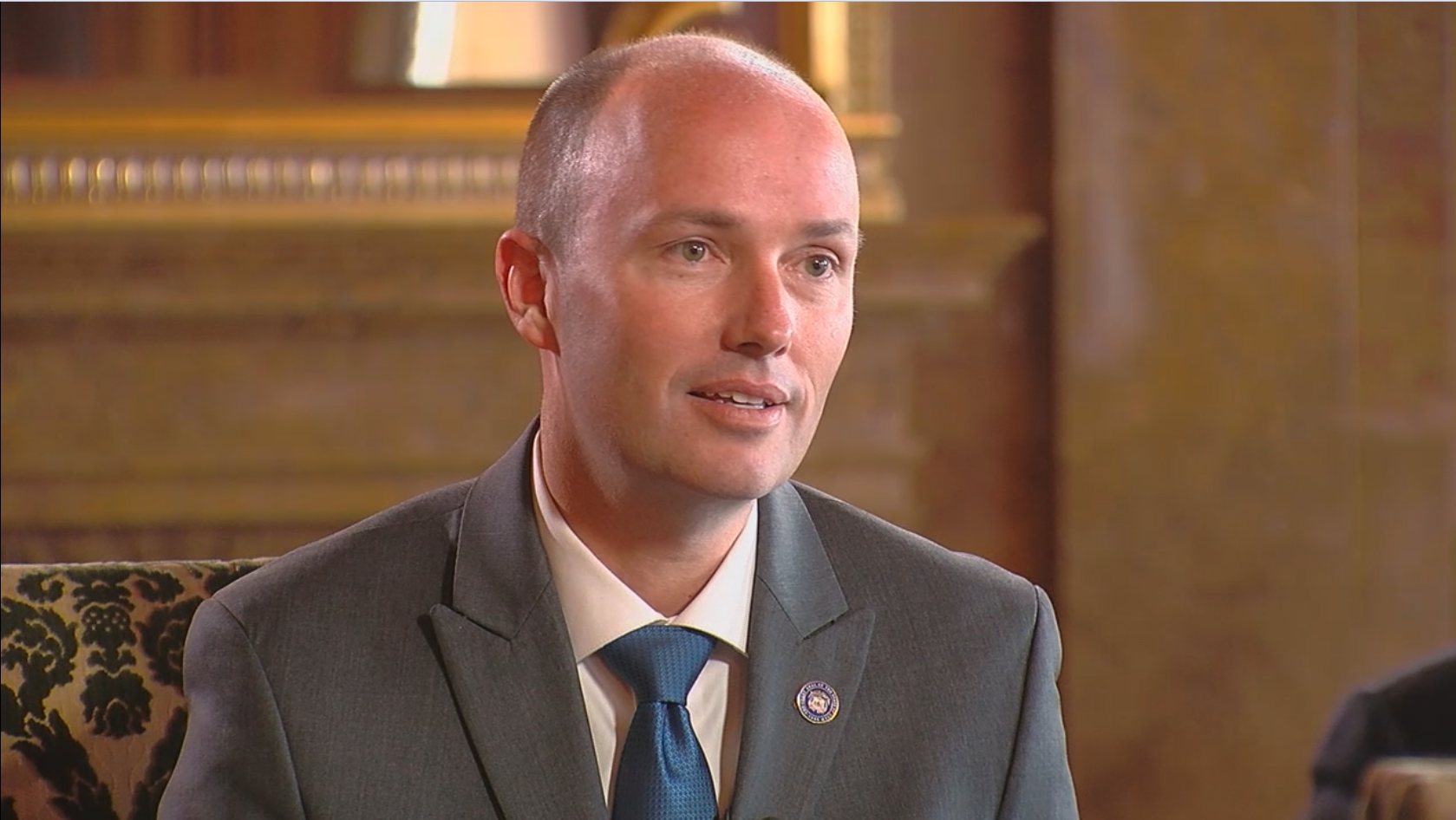UDOT has extended the original 45-day comment period for the draft Environmental Impact Survey (EIS) on the two preferred Little Cottonwood Canyon alternatives to 70 days.
During the current public comment period for the Draft EIS, @utahtransportation received requests to extend the length of the current review and comment period from 45 days, to either 60 days or 90 days.
The public review period established by the National Environmental Policy Act (NEPA) for a Draft EIS is a minimum of 45 days after publication in the Federal Register. The Federal Highway Administration establishes a maximum 60-day comment period but does allow the lead agency (in this case, UDOT) to extend and exceed the comment period for good cause.
Based on the review of comments thus far and these considerations, UDOT has decided to extend the comment period to 70 days to allow for a more thorough review of the Draft EIS. The comment period will now end on Sept. 3
PUBLIC HEARING REMINDER
The in-person public hearing for the Draft EIS is tomorrow (Tuesday, July 13) at Butler Middle School from 4:30 – 8:30 pm.
The public hearing will be live-streamed starting at 6:00 pm to the UDOT LCC EIS Facebook Grup (best quality) and here on IG Live for those who cannot attend in person.
Attendees may submit a written or verbal comment at the in-person public hearing. Comments can also be submitted through the website, email, voicemail, or written letter.
Please remember that comments or messages on social media are not considered formal comments in the National Environmental Policy Act (NEPA) process and will not be included in the Final EIS.
For more information about the public hearing and to submit a comment, visit the project website: 🔗 littlecottonwoodeis.udot.utah.gov.
Thanks for being here and please share!
UDOT has spent more than three years narrowing down all the alternatives from an initial 124 to 5, and now to their final two preferred alternatives, and on Friday June 25th, 2021, opened a 45-day public comment period. They also released the draft Environmental Impact Survey.
- Related: Utah Department of Transportation Offers 2 New Ways to Mitigate Traffic in Little Cottonwood Canyon
The main purpose of the project is to significantly improve the safety, mobility, and reliability of transportation to Snowbird and Alta, up US Highway 210, Little Cottonwood Canyon.
Of the five shortlisted alternatives, two really stood out above the rest. They are:
- The Enhanced Bus Service in Peak-Period Shoulder Lane, with a rider time of 36 minutes.
- Gondola B, with a base station at the mouth of Little Cottonwood Canyon near La Caille.

For those concerned about the comparative costs of each project, the gondola would cost more initially but would cost less than the bus service to operate. Over the course of thirty years, both options would cost taxpayers the same amount.
The comment period started Friday and two public hearings are planned for July. UDOT hopes to have a final decision sometime during next winter.

In 2020, the Utah Department of Transportation announced three possible strategies to help reduce traffic in Little Cottonwood Canyon (U.S. Highway 210): a cog railway or a gondola to shuttle visitors to ski resorts Alta and Snowbird, or a new and improved bus system to shuttle more skiers up the canyon.
And out of the three proposed options, the gondola appeals the most to Utah’s governor Spencer Cox. Deseret News reports that Cox said it would be “cheaper than the train solution, but more expensive than the bus solution.” He also said it would be more “weather immune” because heavy snowfall, as well as avalanches and avalanche control, all increase traffic in the canyon, often causing painfully long lines of skiers waiting in their cars on the gridlocked highway.
“Just the ability to move people at such a high rate of speed and get people up and down very quickly—it’s much more efficient than the bus system would be,” Cox said to an interviewer with Deseret News. “And it also has the support of the partners and the ski resorts. There’s a willingness there for them to participate on the private side to reduce the cost to taxpayers, so there’s an opportunity to bring those costs down as they pay for some of that as well.”

Gov. Cox also thinks a gondola would benefit canyon recreation in the summer along with the winter because it could become a “tourist attraction in and of itself.” Apparently, he is leaning in the direction of a canyon gondola at this time but is still a ways away from making a final—very expensive—decision.
Although Cox favors improving transportation up the canyon with the gondola, not everyone is so convinced that any of the three proposals have the canyon’s best interest in mind. According to the Deseret News, all options were immediately denounced by conservation organizations and backcountry enthusiasts who say “they are an attempt to turn the canyon into an amusement park.”
The Wasatch Backcountry Alliance—a recognized voice for the backcountry community involved in human-powered winter recreation in the Central Wasatch Mountains—wrote the following in a Facebook post concerning the Utah Department of Transportation’s 2020 announcement to improve canyon travel:
“The Wasatch Backcountry Alliance is concerned the shiny appeal of an expensive train or gondola system may distract us from our goals or actually make things worse,” Brad Rutledge said, co-founder of the organization and current board member. “These solutions not only miss the target on making things better, but the train and gondola concepts threaten many of the things that make the Wasatch Mountains so amazing today.”
The three options proposed by state officials come as a result of more than 6,500 public comments and will be included as alternatives as part of the Little Cottonwood Canyon draft environmental impact statement, according to Deseret News.
If Gov. Cox approves the gondola, it would have a base station in Sandy, where visitors would park in a proposed 1,500-space structure on the west side of North Little Cottonwood Road at La Caille. The gondola would allow direct transportation eight miles up the canyon to Alta and Snowbird and take an estimated 30-40 minutes to get there.
But if legislators decided to go with the cog rail, it would start from the same Sandy base station as the proposed gondola and parking structure. It would include a diesel-powered train with a cogwheel on a track underneath, giving direct service to Alta and Snowbird.
And if they decided on buses, there would then be 24 buses going up to the resort at six buses per hour.
All options raise environmental concerns for the canyon’s watershed. Canyon enthusiasts such as the Wasatch Backcountry Alliance and Save Our Canyons say that these options will bring too many visitors to the already popular Little Cottonwood Canyon and ruin it. Gov. Cox, on the other hand, believes it would help drive tourism and economic gain for the state of Utah.

I would like to see the large tram installation with the hub near LA Caille be the best all around choice as opposed to making the roadway wider and causing more damage to the stream and narrow canyon. The tram would be less impacted by avalanches and bring a European feeling to the canyons. You could restrict car traffic and require people to take buses to the resorts as additional sources of entry. Only locals and service providers would be allowed to enter the canyon in private vehicles during ‘high traffic’ seasons!!!!!
74 year resident of SLC
How about discuss the real issue? Too many people. Too many people moving to Utah. Too many people treating the earth as an infinite resource. Protect our winters? How’s that possible with overpopulation.
Wow very constructive!
Mass extermination is the solution… lol
are you the 1st in line?
Utah locals thinking Utah was going to remain a secret are hilarious. Also funny when Utah locals contribute to overpopulation more than any other group…
The thumbnail for the article be like “BoRiNg OlD BuS?? Or Super awesome and flawless Tram?”
Of course there wont be any lines at all for that tram.
Should just use drones probably instead.
Oversold and under delivered is not a good product in any business, someone needs to tell those corporate geniuses that maybe.